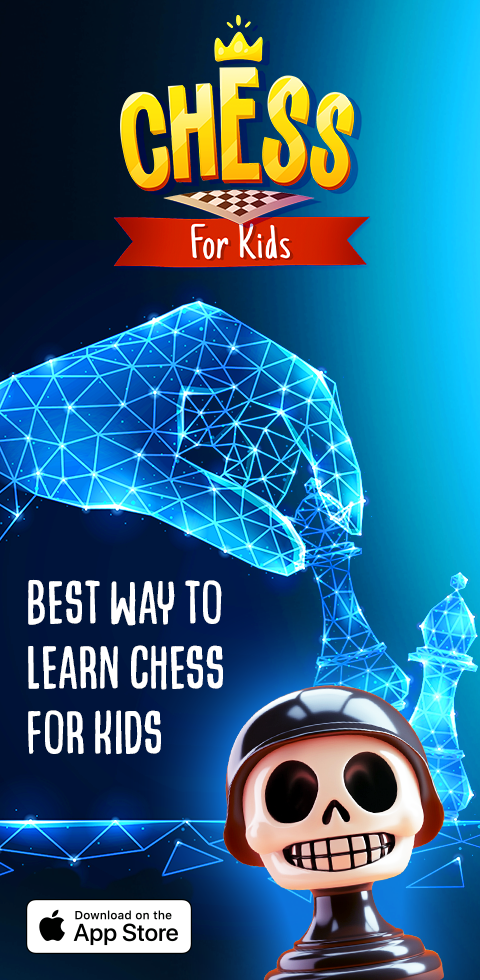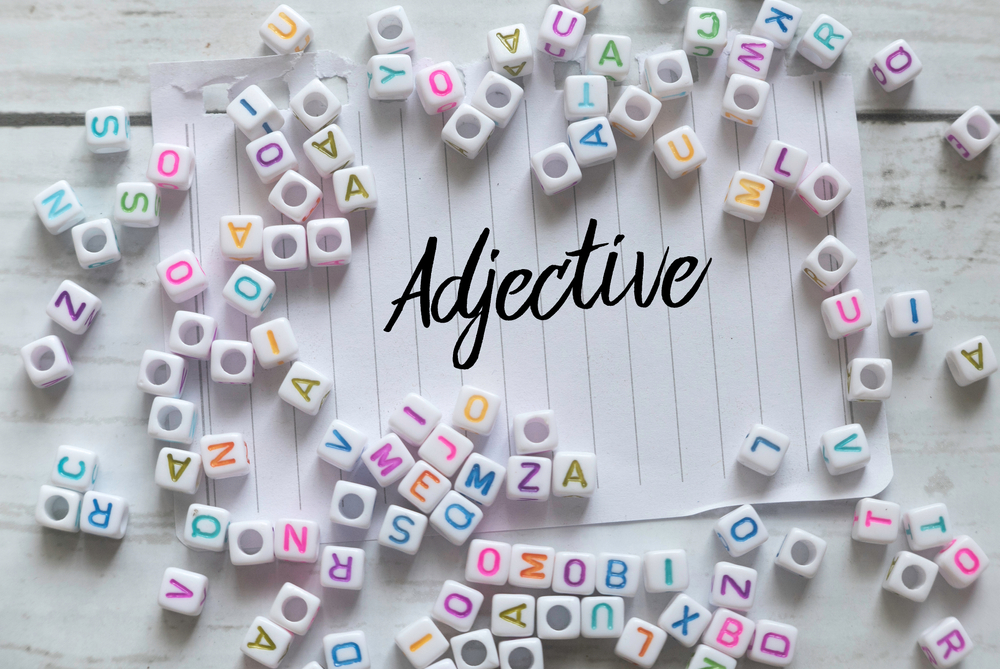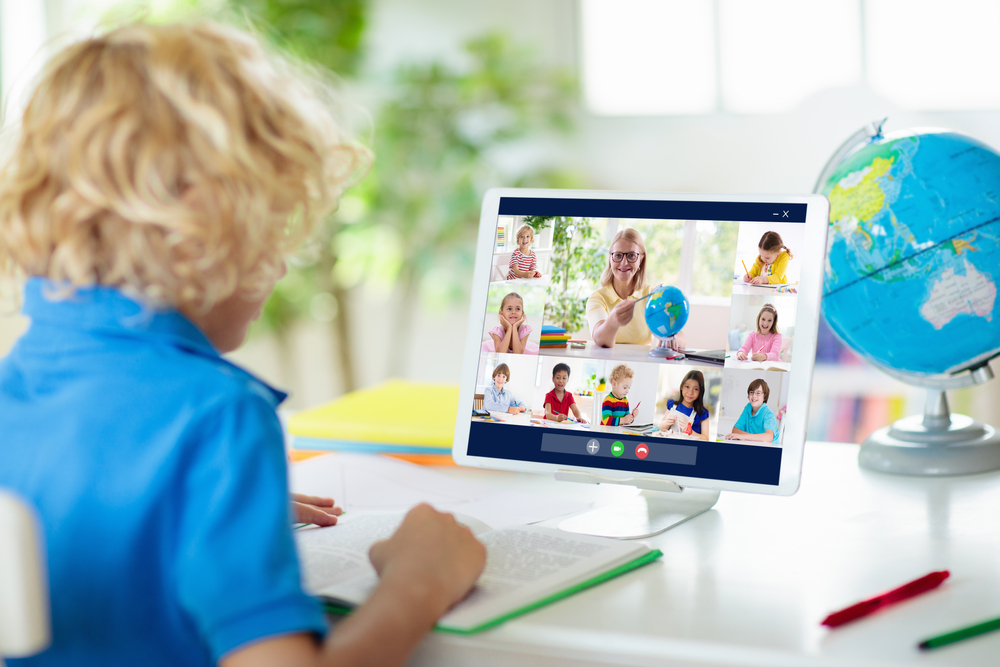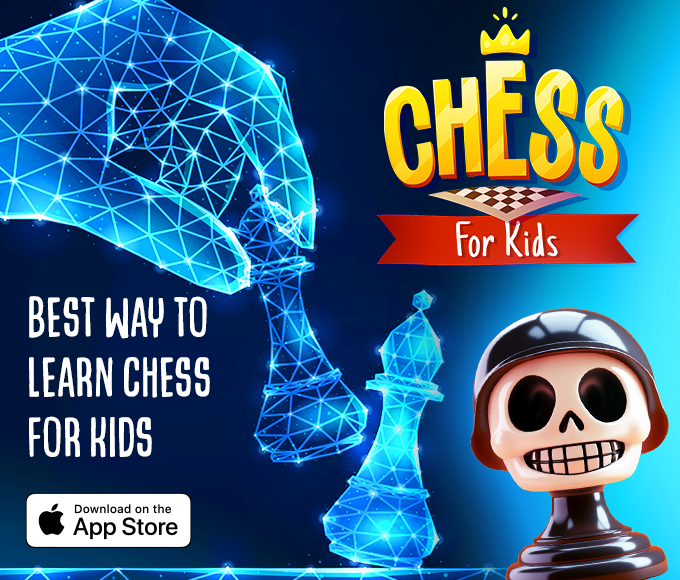Attention to Detail Reading Worksheets for Ages 4-6
5 filtered results
-
From - To
Enhance your child's reading skills with our Attention to Detail Reading Worksheets, designed specifically for ages 4-6. These engaging worksheets help young learners improve their observation and comprehension abilities through fun activities that encourage careful reading. Each worksheet focuses on elements like identifying differences and similarities, recognizing key details, and enhancing vocabulary. Perfect for boosting concentration and critical thinking, these resources make learning enjoyable! Whether at home or in the classroom, our worksheets support early literacy development and lay the foundation for successful reading skills. Dive into a world of discovery and watch your child thrive as they engage with captivating stories and illustrations.
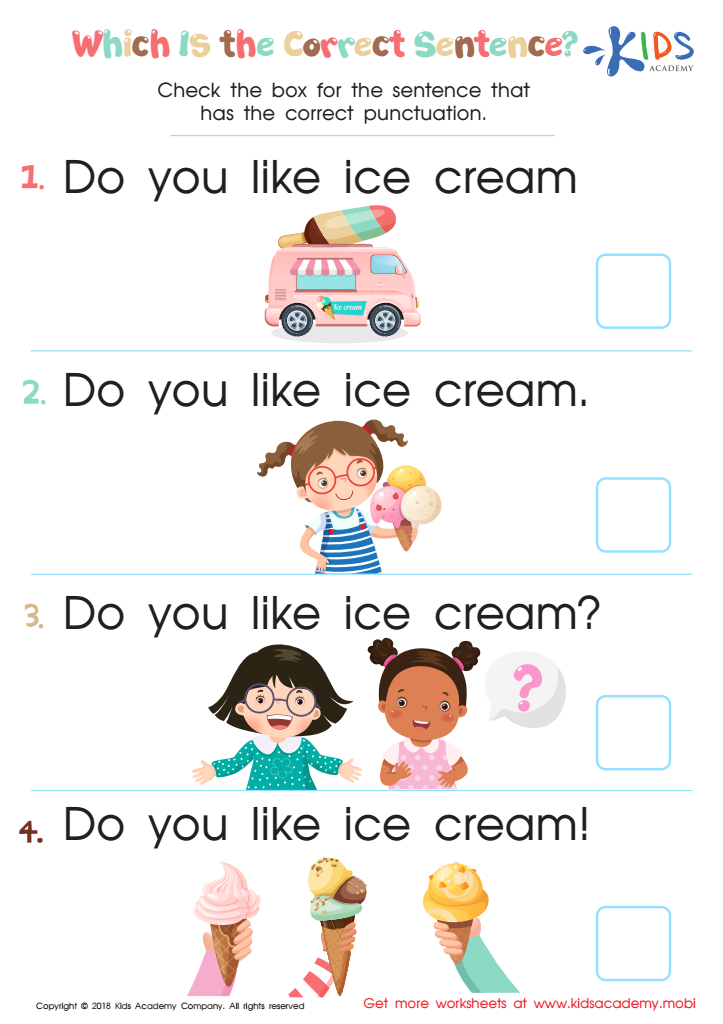

Which is the Correct Sentence? Worksheet
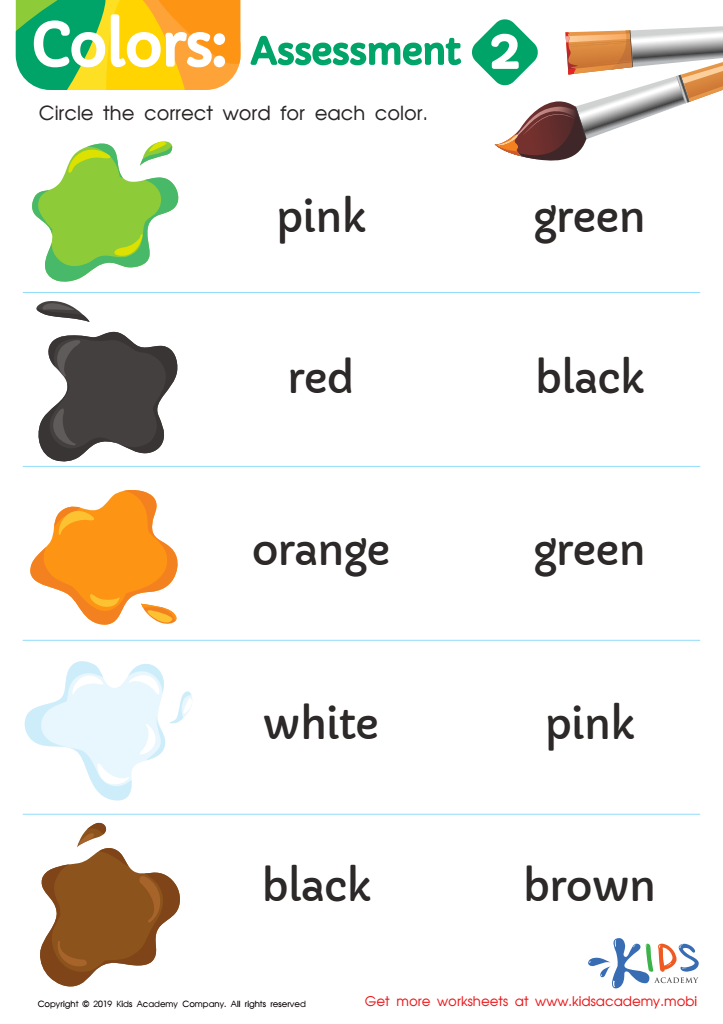

Colors: Assessment 2 Worksheet
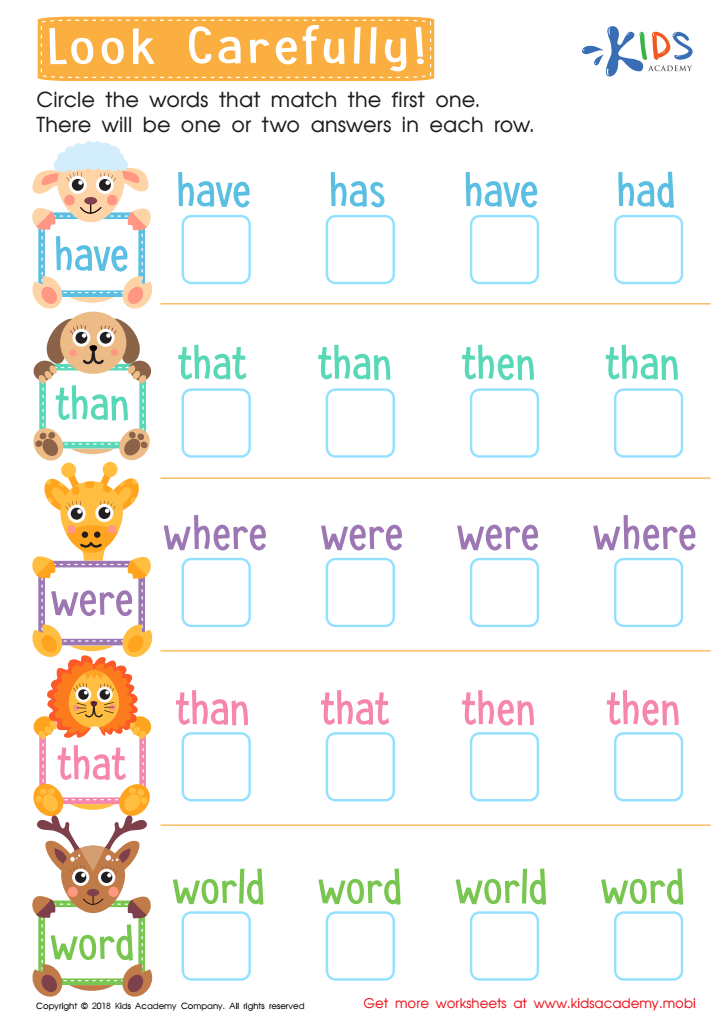

Look Carefully Worksheet
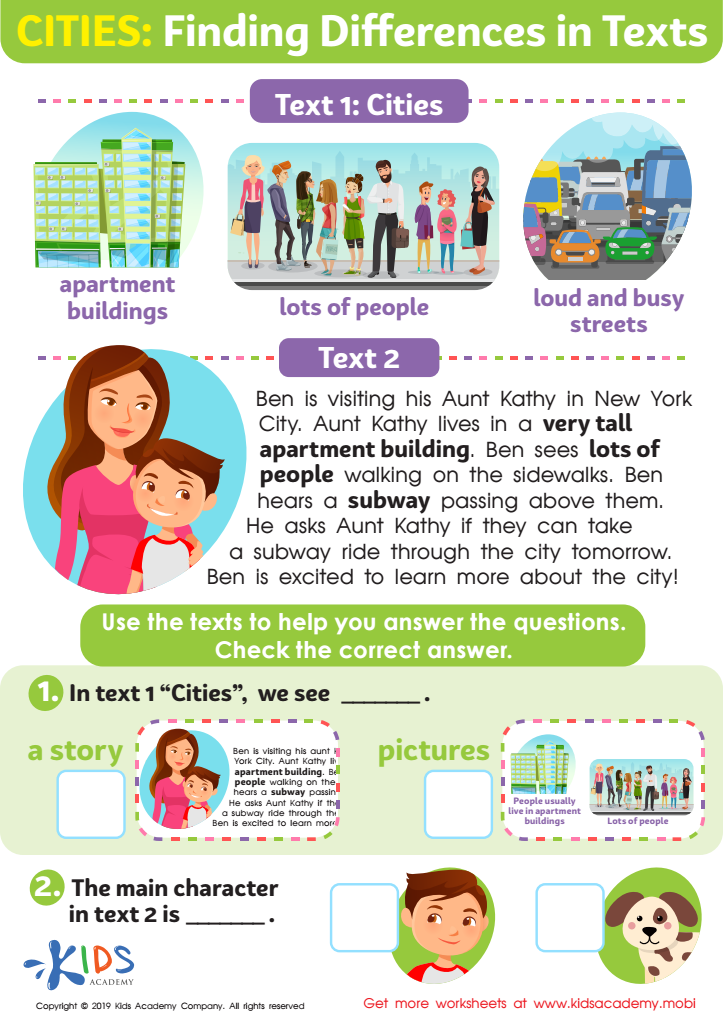

Cities: Finding Differences Worksheet
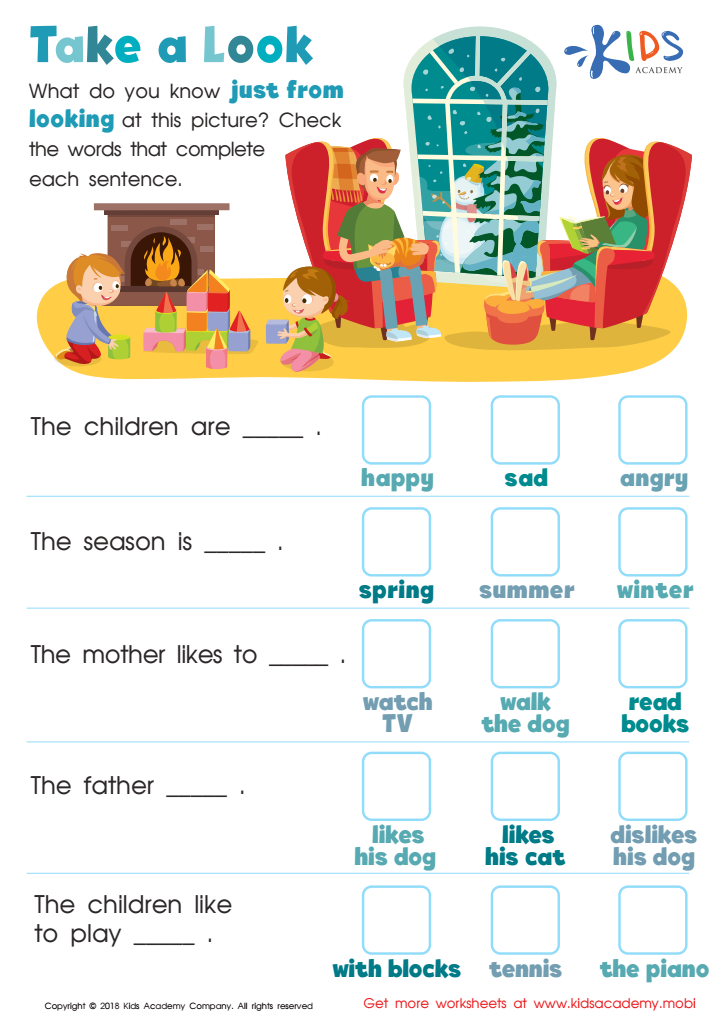

Take a Look - Part 1 Worksheet
Attention to Detail Reading, especially for children aged 4-6, is crucial for their early cognitive and literacy development. At this age, children are beginning to grasp foundational reading skills, and focusing on details helps them improve their comprehension and analytical abilities. By recognizing small elements in pictures and text, children learn to make connections and understand narratives more deeply, fostering a love for reading.
Parents and teachers should prioritize Attention to Detail Reading because it enhances children's observation skills, encouraging them to listen and engage more actively with stories. This attention also aids in vocabulary acquisition; as children identify fine details, they encounter new words and contexts, which broadens their language skills.
Moreover, cultivating attention to detail supports critical thinking. Children learn to ask questions, draw conclusions, and make inferences based on what they see in the text and illustrations. These skills are essential not only in academia but also in everyday life, as they lay the groundwork for effective problem-solving and decision-making.
Finally, engaging in this type of reading creates enjoyable shared experiences between adults and children. When parents and teachers participate, they contribute meaningfully to a child’s development, encouraging lifelong reading habits and a curiosity for learning.
 Assign to My Students
Assign to My Students

